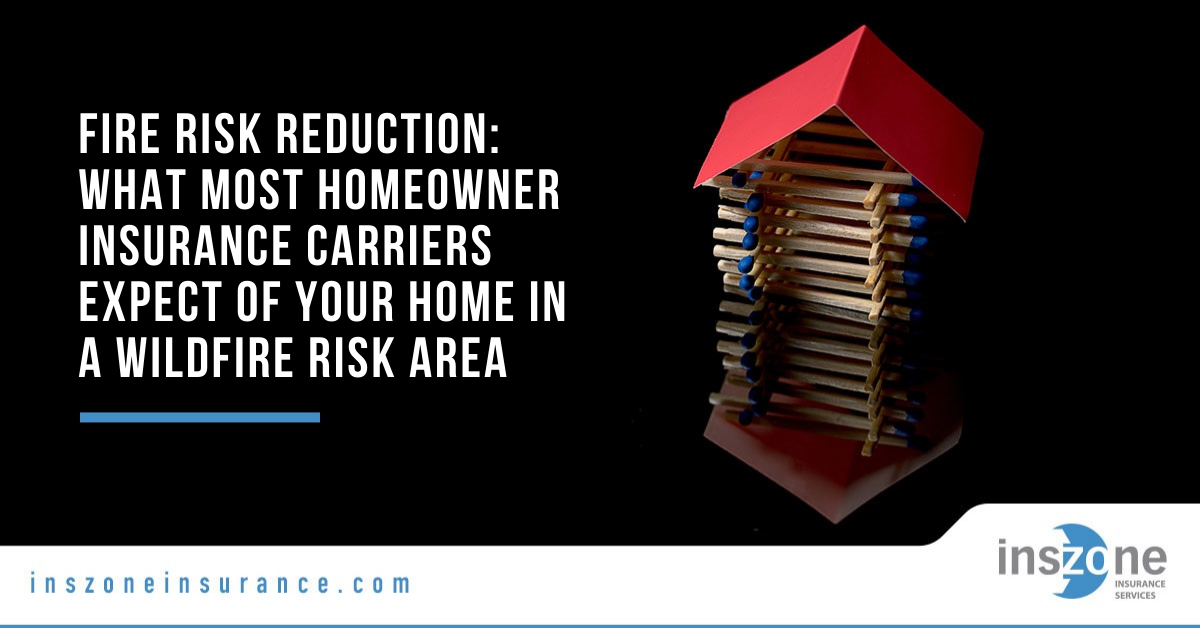Using Cal Fire to determine how you should be managing your home’s wildfire risk?
While Cal Fire is a good resource, the truth is your insurance company could be using a much stricter standard. If you were cancelled and are trying to purchase your next homeowner’s insurance policy, then it’s important to know what to expect so you can buy your next one.
The FEMA Checklist: Avoiding Wildfire Damage: A Checklist for Homeowners, is a good place to start if you want to make sure your home is in compliance. Below, we’re also sharing what the carriers we work with tend to expect.
Manage Vegetation Risks
All insurance carriers want to see your yard maintained and your vegetation risks managed.
- Trim trees to ensure there are no branches hanging over your roof line.
- Shrubs should be green, viable, and watered.
- If shrubs are not being maintained and watered, they should be removed.
- Lawns should be mowed and watered.
- Natural vegetation like manzanita or scotch broom plants should be removed.
Remember, most vegetation is fuel for wildfires. FEMA recommends creating a 30-foot safety zone around the house. Insurance carriers don’t expect you to do without landscaping altogether, but it’s important to recognize that unmanaged vegetation can essentially serve as kindling for your home.
Manage Your Home Exterior
Insurance carriers want you to be careful with what you keep near the home, or beside it. Many common items create major fire risks.
- Place BBQ pits on concrete areas or gravel pads. Keep BBQ pits away from wooden decks.
- If you keep firewood, place it in a shed or stack it at least 30 feet away from the home.
- Keep your roof and gutters clear of leaves, pine needles, acorns, and other debris.
- Clear fallen leaves, pine needles, acorns, and other debris off the ground.
- Clear excess trash from the yard and driveway area.
- Abandoned vehicles must be towed.
- Have your chimney swept on an annual basis.
Again, these safety steps are a matter of keeping flammable materials away from your home.
Tackling Challenges with Insurance Company Requirements: Examples From our Customers
As straightforward as these checklists can seem, there are times when challenges arise. We’ve been able to help our customers resolve problems and questions that they’ve had about keeping their homes compliant with their insurance provider’s requirements.
“Help, I’ve got landscaping I don’t want to pull up!”
For example, one of our customers had invested a great deal of money into her landscaping. She had a beautiful Chinese maple that her insurance carrier wanted to see removed because it was within 10 feet of the home.
We solved this by sending one of our agents to the home. The agent took a photo and showed how the maple had been carefully maintained in order to get the insurance provider to allow the tree.
Keep in mind that such exceptions are rare. If you are choosing to add trees to your own landscape you should be careful about even placing them in the 30-foot allowed zone. Trees grow larger with time, and they can encroach into zones that exceed your insurer’s requirements as they do.
“Help, the tree service won’t call me back!”
We’ve also had customers who have tried to take care of tree issues with no success. One of our customers called ten separate tree services but couldn’t get a single one to call her back. Our agent took care of this by documenting these efforts and sending them on to the underwriter. The advice, of course, was to keep trying, but we also tried to find a referral to a more reputable tree service.
In this case, the homeowner was in a tight spot because they’d waited until there was a problem. The ideal would be to get these problems addressed before the insurer raises an objection. Hiring a regular yard service with an arborist who will help you plan your tree service up to two years in advance can help you avoid a situation where you are scrambling to find help at the minute.
If you haven’t worked with a yard service in awhile, call one now! You should be working with a yard service at least once a year, and that should be part of your budget when you live in a high wildfire risk area.
More Wildfire Property Maintenance Resources
The major carriers tend to have resources for homeowners.
- Grange’s FAQ for Customers with Wildfire Coverage
- The Hartford—Wildfire Safety
- Travelers – How to Help Prepare for a Wildfire
- Liberty Mutual – Wildfire preparation checklist
- Nationwide – Simple DIY Steps to Help Your Customers Increase Wildfire Readiness
Can’t find the answer to a specific question? You can call your local fire captain.
Be Proactive
Proactive communication can go a long way. Keep your insurance agent or broker informed of any changes to your property. These are professionals who can answer your questions about your home and situation and help you to have the best possible chance of maintaining your homeowners insurance while living in a high wildfire risk area.





